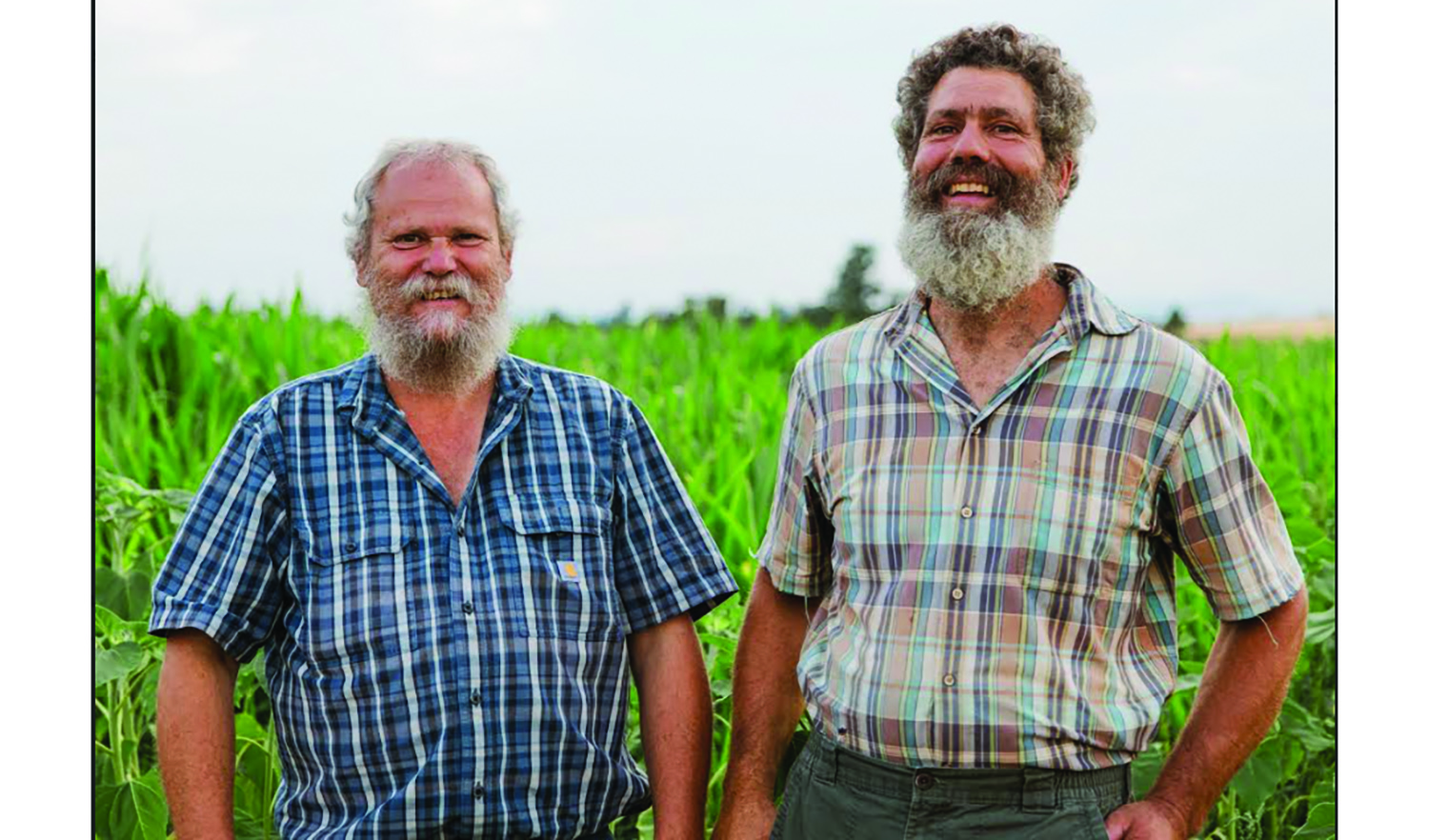Big men are rolling for Purdue, NC State and UConn
Published 12:16 am Friday, April 5, 2024
GLENDALE, Ariz. (AP) — DJ Burns Jr. isn’t interested in spending a lot of time catching the ball on the perimeter and trying to show off a shimmying crossover dribble before chucking 3-pointers for North Carolina State.
No, he’s content to catch an entry pass, use his size to back down an opponent, then turn to make a winning read to shoot or pass.
It isn’t much different for Purdue’s 7-foot-4 reigning national player of the year Zach Edey. Or for Connecticut’s 7-2 Donovan Clingan with game-changing defensive potential.
They’re all here playing for a national championship, turning the Final Four into their own personal showcase for the value of the big man: the burly, long-armed, feet-in-the-paint anchors offering a throwback feel in a time of “position-less” basketball. And these guys aren’t ready to surrender the spotlight to all those 3-point shooters and high-flying wings just yet.
“I think it’ll be fun, two guys who like to play with their back to the basket,” Burns said Thursday, two days before matching up with Edey as N.C. State meets Purdue in a national semifinal. “Similar games in the sense of not trying to do too much and shoot 3s and do all that other stuff that bigs try to do nowadays — taking themselves away from what they’re good at.”
Evolving offenses have valued creating more space and utilizing players’ skillets to add new wrinkles to tried-and-true schemes. Yet there is something to be said for the ruthlessly efficient approach of posting up a talented big — a core feature of college offenses through the 1960s, 1970s and 1980s with prominent names like UCLA’s Kareem Abdul-Jabbar (formerly Lew Alcindor) and Bill Walton, Houston’s Hakeem Olajuwon and Georgetown’s Patrick Ewing.
The 6-9 Burns is listed at a seemingly conservative 275 pounds, and he has bumped, jostled and battered defenders out of position before using a soft touch to score around or over them. That powered the 11th-seeded Wolfpack’s run through the Atlantic Coast Conference Tournament and on to the program’s first Final Four appearance since the “Cardiac Pack” magic of the 1983 title run under late Hall of Famer Jim Valvano.
Just as effective was Edey’s 40-point performance in a regional final against Tennessee, which included getting to the foul line 22 times to get Purdue to its first Final Four since 1980. And Clingan dominated Illinois with 22 points and five blocked shots.
The emergence of the bigs has ranked right up with the other top storylines at the Final Four, including UConn’s try for a repeat title and football power Alabama making the Final Four for the first time.
Luke Hancock, an ACC Network analyst and the Final Four most outstanding player during Louisville’s since-vacated 2013 title run, pointed to it not being just a one-year deal, either. That includes Adama Sanogo taking home top individual honors in last year’s Final Four, when UConn won its fifth title. A year earlier, there was Kentucky’s Oscar Tshiebwe riding his work on the boards to AP national player of the year honors.
“If you have a big like that, you can have a dominant force on the block,” Hancock said. “And maybe these guys don’t have prolific NBA careers, I don’t know if any of the guys from last year will make it or at least make it in a huge way. But there’s nothing wrong, especially now with the more attractive platform with NIL, with dominating college basketball for years.”
“If you have a guy like that that can be that difference-maker,” Hancock added later, “I think these coaches are smart for embracing it and just running everything through them.”
They’ve all been dominant during March Madness, too.
Edey is averaging 30 points and 16.3 rebounds while shooting 65.6% through four tournament games. His “quiet” game was a 23-point, 14-rebound effort during a second-round romp against Utah State.
“You trust his work,” Purdue guard Fletcher Loyer said of Edey. “You trust the plays we run. You trust him to go catch the ball. But ultimately, it’s you being in the right spot for when he does kick it out. He’s so unselfish, he’s never going to take a tough shot. I think when we’re just flowing like that, everything feels comfortable for us.”
Burns is averaging 18.3 points and shooting 67.4%, including 29 points on 13-for-19 shooting in the Elite Eight win against instate rival Duke. And the scoring comes from an array of nimble spins, pivots and dropsteps that blend with a silky soft touch both in shooting or passing out of double teams.
“Watching it on the court, it’s pretty cool,” Wolfpack guard Michael O’Connell said. “It makes my life easier, my job easier, throwing it in there and letting him go to work.”
As for Clingan, he’s averaging 15.8 points and 10 rebounds while shooting 67.5% in the tournament, and he’s got a tournament-best 14 blocks so far.
“Illinois tried to go right at him,” said Alabama coach Nate Oats, whose Crimson Tide is set to play the Huskies. “And I think they were 0 for 19 on shots that Clingan contested.”
Alabama is the outlier of the four in terms of having a space-eating big; they have five players standing 6-10 or 6-11, though lanky North Dakota State transfer Grant Nelson and Nick Pringle are the heaviest at 230 pounds — meaning Alabama will be surrendering at least 50 pounds worth of bulk in any matchup with the other bigs.
The Crimson Tide have already faced their share of strong bigs this season with mixed results. That included giving up big outings to Edey (35 points), Arizona’s Oumar Ballo (16 points, 12 rebounds) and Creighton’s Ryan Kalkbrenner (19 points on 9-for-11 shooting) in December losses.
After this year, maybe more teams will rethink their roster configuration thanks to this season’s March of the big men.
“I think everybody probably needs to go out and get a big guy now,” Wolfpack coach Kevin Keatts said. “These are trends. It was trending towards nobody would play with their back to the basket. We’re in the Final Four, three guys have led their teams to the Final Four because of the way they play.”





